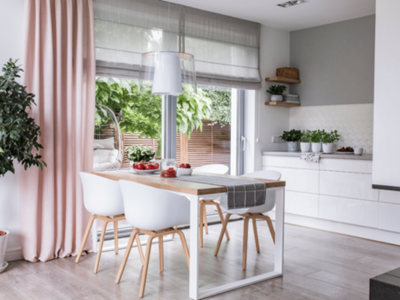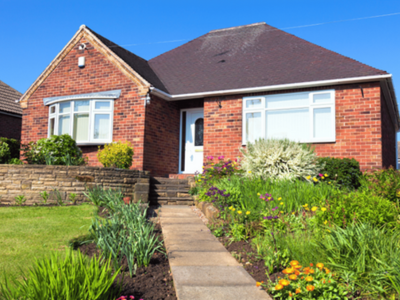Blog
- Details
- Hits: 2156
As the days get shorter and temperatures start to drop, it’s time to start looking after ourselves a little bit more. Autumn is the perfect time to create a cosy space in your home and enjoy some much needed self-care. When you combine self-care for yourself and your home, you are creating a warm and welcoming space for potential buyers. Here are some easy and comforting tips to help you make the most of the season and show yourself and your home some extra love!
- Details
- Hits: 2331
Moving to a new home can be exciting and full of new possibilities, but it's important to remember that it can also be stressful, particularly for children. Parents are right to worry about how their kids will handle the move, especially if they're already introverted or anxious. To make things easier, it's crucial to involve your children in the moving process from the start, listen to their worries and take steps to alleviate their concerns. No matter how old your kids are, at Deakin-White we have found that taking these steps can help them feel more comfortable with the move and adjust to their new surroundings more easily.
- Details
- Hits: 2178
Are you looking to sell your home? Creating an attractive home environment can be a challenge. The good news is that there is a surefire way to make a lasting impression on potential buyers – sensescaping! With sensescaping, you can transform your home into a sanctuary by layering the five senses to promote well-being, and create specific atmospheres and an unforgettable experience. It is part of the home-staging tool kit that can truly transform your home into one that is irresistible to potential powers. You should never underestimate the power of the senses especially when selling your home.
- Details
- Hits: 1892
It feels like there has been nothing but rain the last few weeks when all you want is the sun to shine on your home. After all, buyers may be put off venturing out in the rain for a viewing unless it has it is a property they can't resist. This is why when you are preparing your home for sale preparation is the key. So why not use the weather to your advantage as we explore some of the best rainy-day tasks to help you prepare your home for a successful sale?
- Details
- Hits: 1878
As temperatures in Britain reach soaring heights this summer, we know how you may be battling to keep your home comfortable and cool during a heatwave. There are simple, affordable, and eco-friendly ways to make it more bearable when the temperature rises. At Deakin-White we have put together some of our favourite tips to keep your home cool so you can survive the summer with ease.
- Details
- Hits: 2225
Home staging is an important step in selling a house, but it's easy to make mistakes that can turn off potential buyers. When it comes to outdoor home-staging, even small details can make a big difference. Knowing which mistakes to avoid can help sellers create an inviting exterior space that will attract more buyers. Now the summer is here, buyers will be wanting to find alluring gardens and relaxing nooks. This is why our team have put together the most common outdoor home staging mistakes and how to prevent them.
- Details
- Hits: 2018
Over the last few years, home ownership has felt like it has become further out of reach for many first-time home buyers. With rising home prices, a shrinking number of properties on the market, high interest rates making mortgages a challenge, and ever-increasing competition. The housing market can seem like an unfair game. Recent property market reports suggest that the housing game may be shifting, and with the introduction of new mortgage products, offering more opportunities than ever before. Is the housing game changing for first-time buyers?
- Details
- Hits: 2066
Spring is the season of new beginnings; it is no surprise that it can also be a popular time for people to decide to move home. Yet it has been a rocky road to the housing market over the last few months, and therefore, we know you will be grateful for a bit of insight. Thankfully, Zoopla have released their latest house price index, which may help you make decisions on when is best for you to buy or sell your home.
- Details
- Hits: 1898
Buying and selling a house at the same time can be an overwhelming experience, but it doesn't have to be. For a stress-free experience, you need to not only have a plan but you also need the right team around you. With the right strategy and some planning, you can successfully simultaneously buy and sell a house without feeling like you're going to lose your mind in the process.














